Green peas are a delicious and highly healthy food that should be incorporated into the diets of nearly everyone. You can get a lot of protein, nutrients, and soluble fibre from them. They're also incredibly adaptable in a variety of situations. They enhance the flavour of numerous foods and can be prepared in a wide variety of ways. A
Green peas are a type of legumes. The seeds, or beans, of legumes are contained in pods produced by the plant. Lentils, soybeans, chickpeas, and several kinds of beans are also part of the legume family.
Table of Contents
What are green peas?
Green peas, sometimes known as "garden peas," are the tiny, round seeds of the Pisum sativum plant.
They've been eaten for centuries and are commonplace in cuisines around the globe.
To be more precise, green peas do not qualify as vegetables. They belong to the family of plants known as legumes, which produce pods containing seeds. Other examples of legumes include lentils, chickpeas, beans, and peanuts.
But, green peas are typically sold and consumed as a cooked vegetable, so that's what we'll call them throughout this piece. You can buy them canned, fresh, or frozen.
Green peas share the category of starchy vegetables with potatoes, corn and squash due to their high content of the complex carbohydrate known as starches.
Peas come in many colours and sizes; some of the more common ones include yellow, black-eyed, and purple. Yet green peas are eaten more often than any other type of pea.
Many people mistake snap peas and snow peas for green peas because of their similar look. However they have slightly different tastes and nutritional profiles.
Types of green peas:
- Garden peas: Garden peas are the most common type cultivated in gardens and the most common type found in stores and consumed. Often known as just "green peas," this is the type most people think of when they hear the phrase.
- Snow peas: In contrast to other types of peas, the pods of snow peas are flat and edible. When the seeds are still little, they are harvested and consumed without being processed. Snow peas are a popular Asian vegetable that can be eaten raw or in a stir-fry.
- Sugar snap peas: Sugar snap peas are similar to snow peas in that the entire pod can be consumed. Raw, the pods are crunchier and more sugary than those of snow peas.
- Marrowfat peas: Marrowfat peas are a type of green pea characterised by extremely big, starchy seeds.
- Yellow peas: The yellow pea is a cultivar of the green pea that produces yellow rather than green seeds.
Health benefits of green peas:
Takes care of vision
The carotenoid antioxidants lutein and zeaxanthin can be found in peas. Cataracts and age-related vision problems are two chronic eye illnesses that can be prevented with the help of these nutrients. Cataracts and macular degeneration can be prevented by limiting exposure to blue light, and lutein and zeaxanthin do just that.
Keeps digestive system healthy
Coumestan, an antioxidant found in peas, may help prevent stomach cancer
Peas are also a good source of fibre, which facilitates digestion by removing waste products from the digestive tract.
Anti-Inflammatory and Beneficial to the Immune System
Antioxidants found in abundance in peas aid in the development of a healthy immune system. Antioxidant nutrients found in peas include the following:
Controls Blood Sugar
Peas are a great source of both fibre and protein, both of which aid in the digestion of starches. Peas assist maintain healthy blood sugar levels because their protein and fibre content slows the digestion of carbohydrates. The blood sugar levels of persons with type 2 diabetes have been shown to fall after eating a high-protein diet.
The glycemic load of peas is likewise quite modest. This implies that after consuming them, your blood sugar is less likely to jump suddenly.
Takes Care of Heart Health
Plaque development in blood vessels has been linked to oxidative stress and inflammation. Peas are rich in omega-3 and omega-6 fatty acids, both of which fight oxidation, inflammation, and plaque formation.
The peas' mineral content, which includes magnesium, potassium, and other beneficial elements, also helps reduce hypertension.
Excellent Iron Supply
The iron content in peas is high. The most common cause of anaemia is a lack of iron in the diet. Haemoglobin deficit occurs when the body is unable to produce enough healthy red blood cells to transport oxygen across the body. Strength and resistance to exhaustion are two of the benefits of iron.
Reduces Body Fat
Peas are a quick and easy way to lose weight because of their small size. Compared to other legumes like beans and cowpeas, peas have very few calories and very little fat. Peas have a low calorie content, with 81 per 100 grammes. The increased fibre content aids with weight loss as well. When you eat meals high in fibre, you feel full faster, which prevents you from overeating.
Cooking green peas:
Green peas are versatile and can be cooked in a variety of ways, including boiling, steaming, stir-frying, frying, and microwaving. Quiches and savoury pies are only two examples of baked dishes where they might be used.
Roasted peas are a staple food in various cultures. Spices are commonly added to the peas before they are cooked, which presumably enhances their flavour.
Pureeing or mashing peas after they've been cooked is a common way to further process them. Soups, stews, curries, pastas, omelettes, casseroles, fish cakes, and salads are just few of the many dishes that call for them as an ingredient.
Peas retain more of their nutritional value when cooked at a low temp, for a shorter period of time, and with less water. Because of these benefits, steaming veggies rather than boiling them is often recommended. Peas, if cooked, need only be submerged in enough water to cover, and then simmered for no more than five minutes.
How to prepare green peas?
Peas can be prepared in a variety of ways. Peas retain the majority of their nutritional value when steamed for a short period of time in a modest amount of liquid before being seasoned.
- Start a pot of water or light stock boiling, and add in 1/8 to 1/4 cup
- Just cover the peas with liquid and cook.
- For 5-10 minutes on low heat, covered, the peas should become soft and bright green.
- Toss the peas with melted butter and some fresh herbs after draining the water.

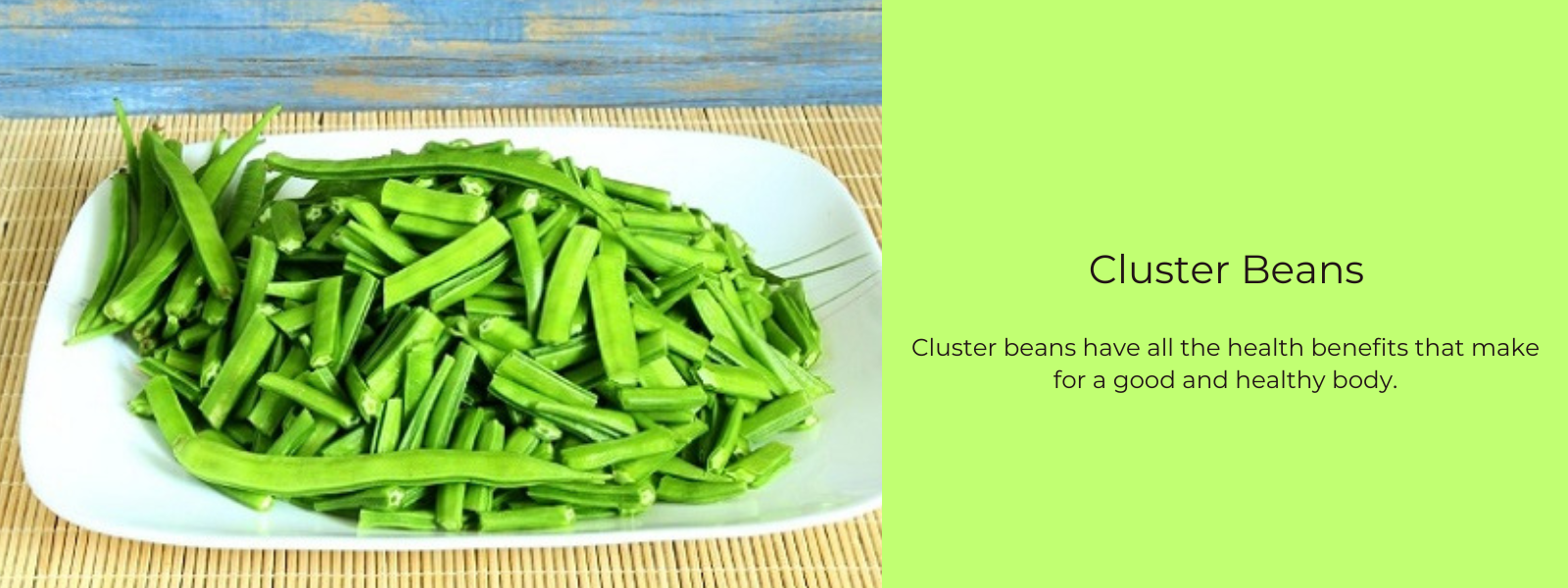
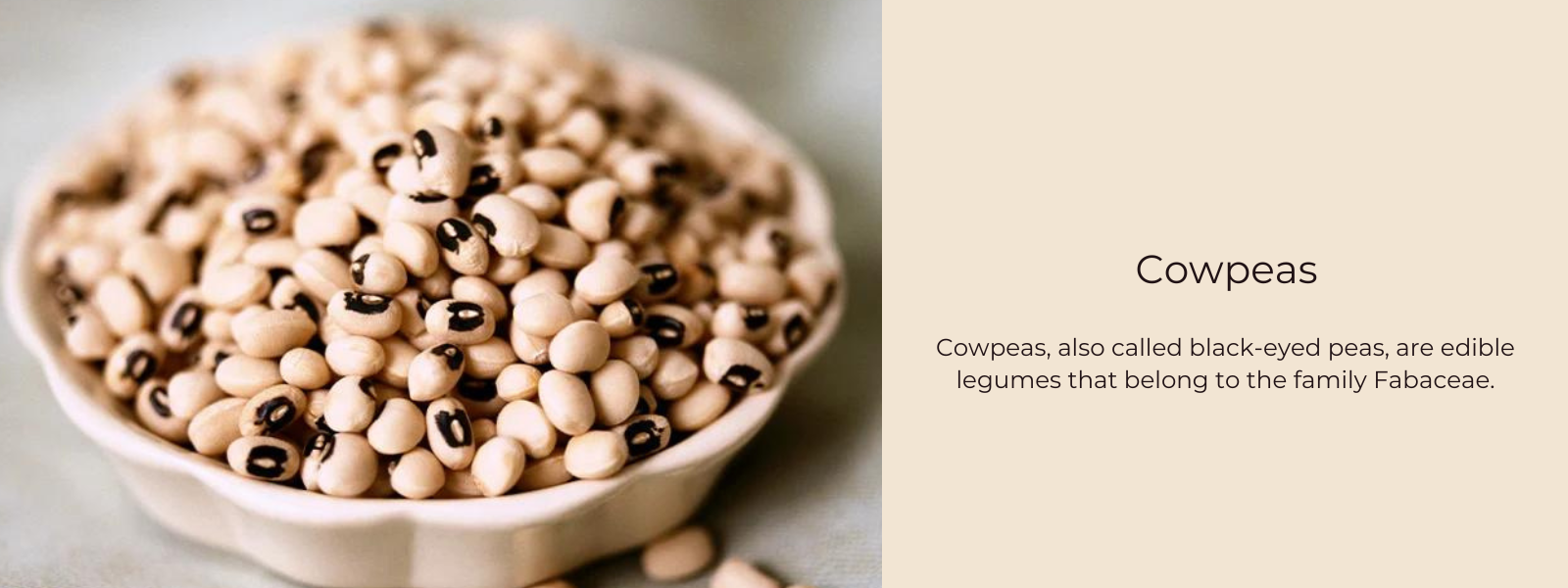
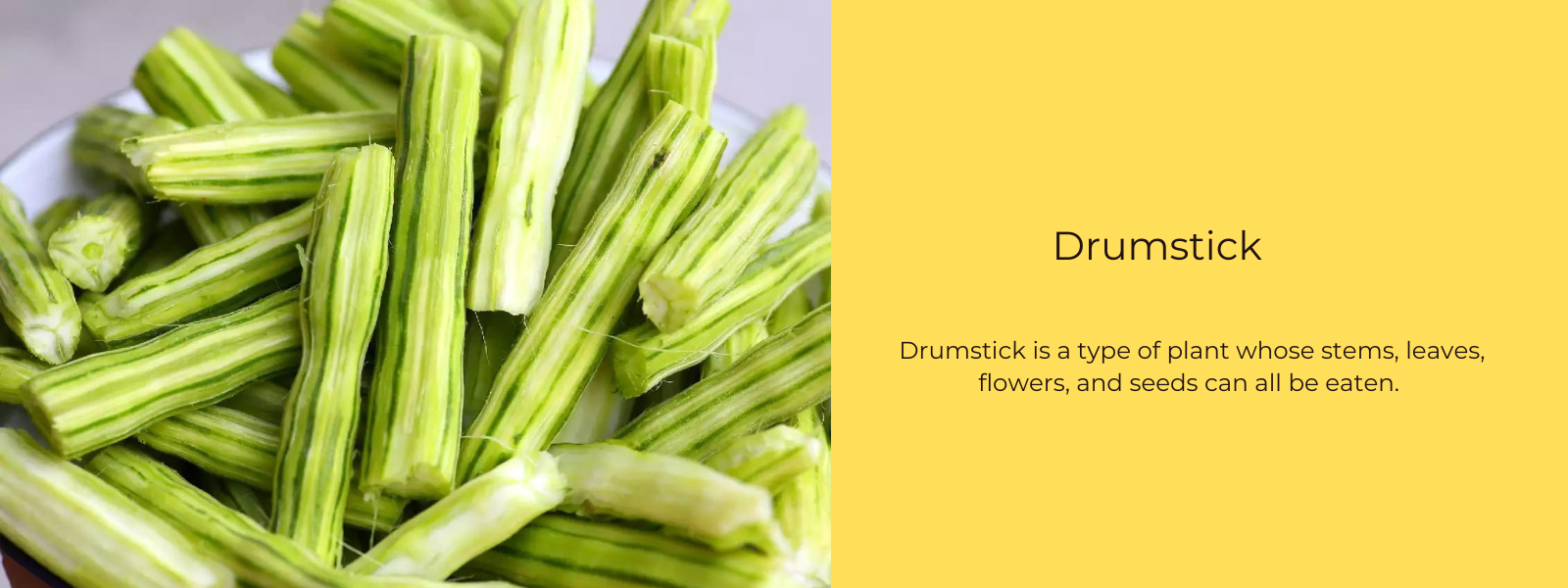
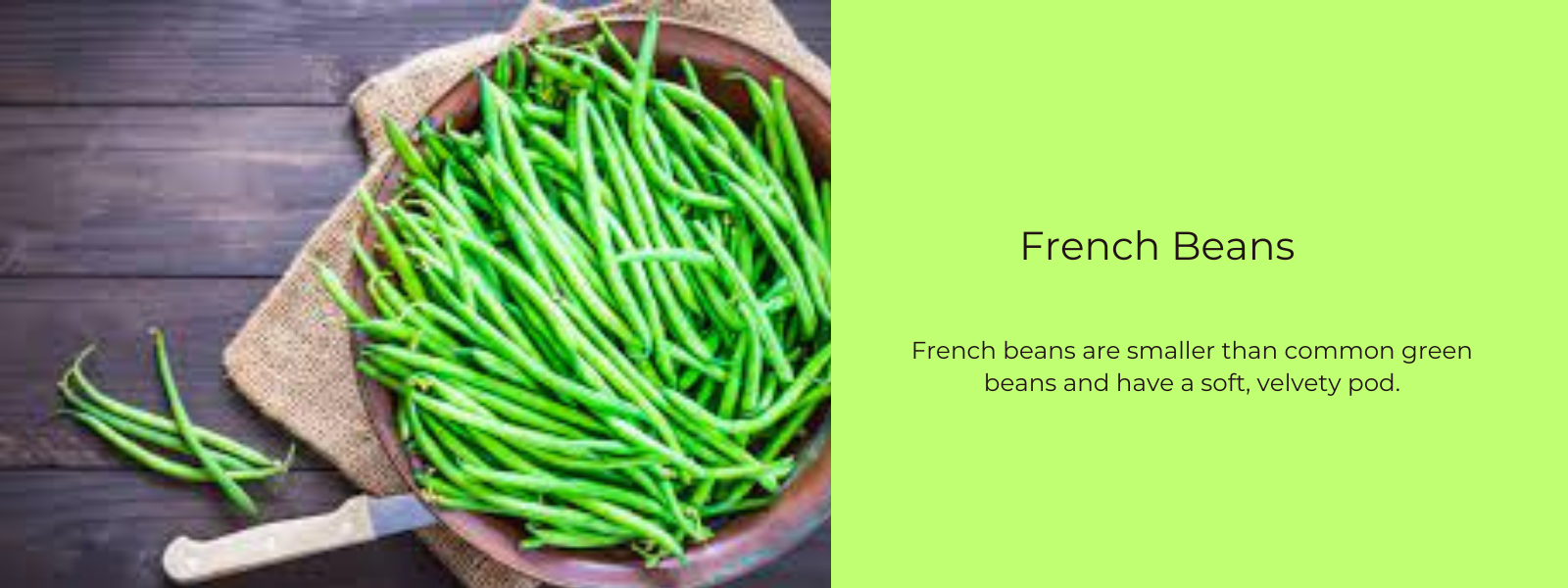
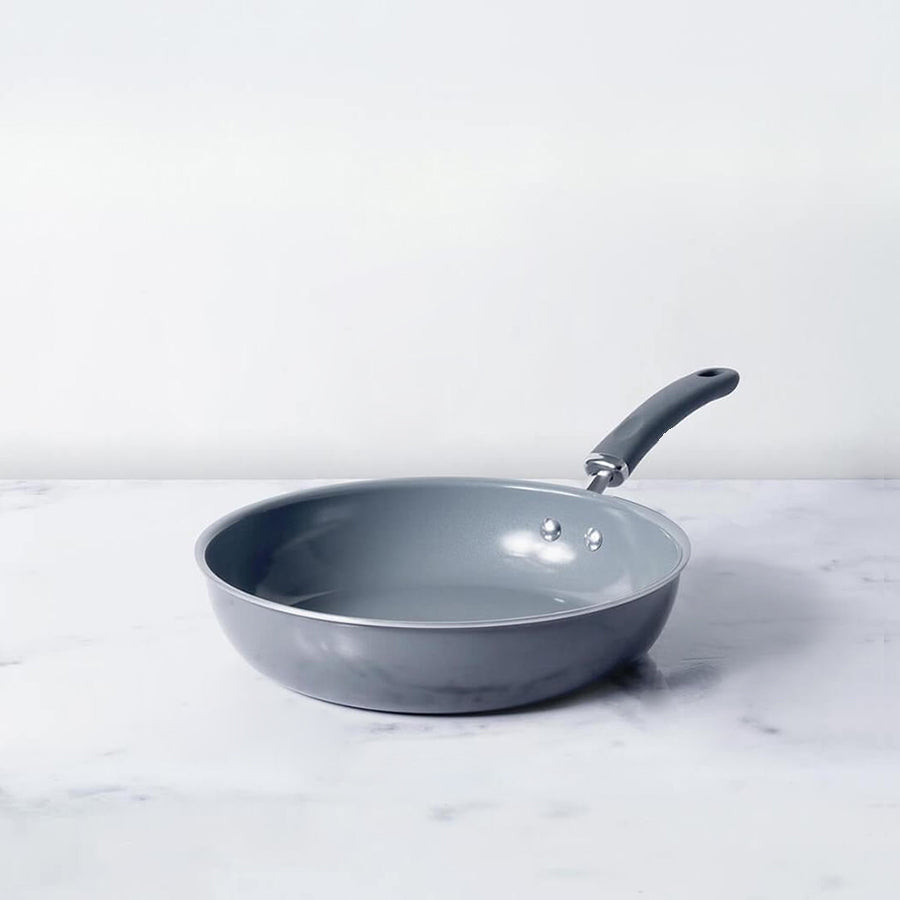
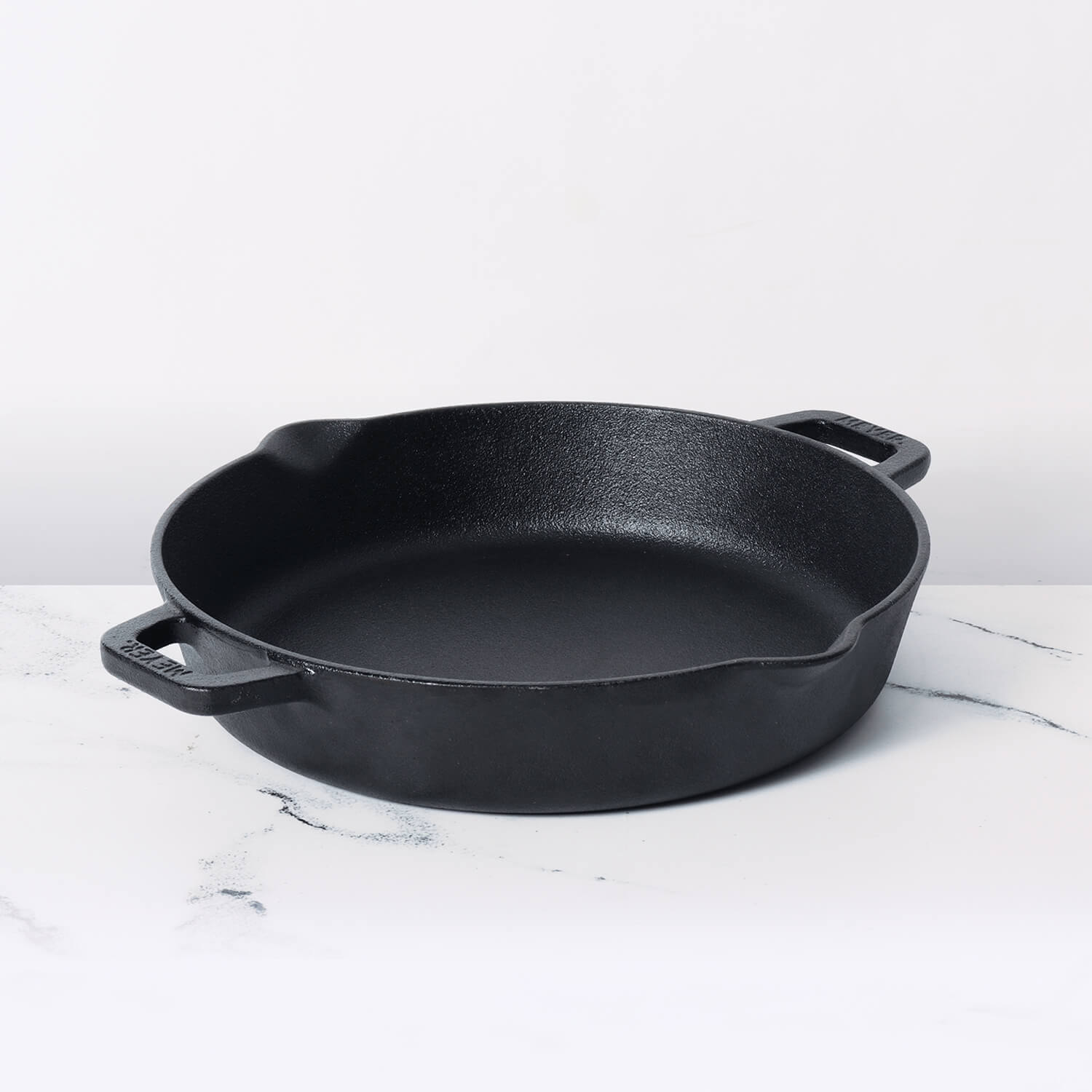




Leave a comment